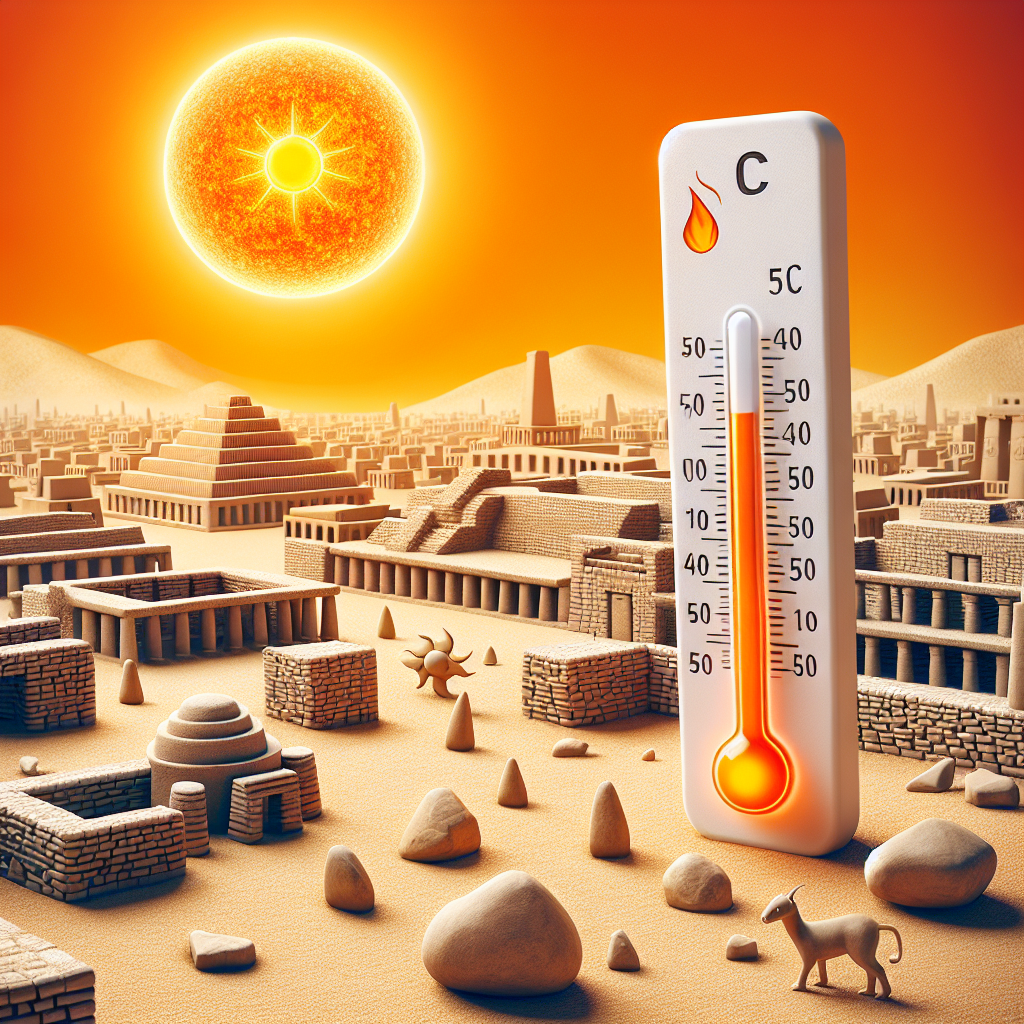Millions in Northern Hemisphere preparing for extreme heat conditions exacerbated by climate change
Recent heatwaves across Asia, Africa, Europe, the Middle East, and North America have already proven deadly, claiming lives, reducing productivity, damaging crops, disrupting services, and increasing wildfire risks.

As the hottest month of the year, July, approaches, hundreds of millions in the northern hemisphere are preparing for extreme heat conditions exacerbated by climate change. The Global Heat-Health Information Network has intensified its #HeatReady campaign, urging governments and communities to implement targeted prevention measures and early warnings to mitigate the impacts.
“The 2024 heat season is poised to test our resilience like never before. Urgent and coordinated action is crucial to save lives and protect communities from the severe health impacts of heat,” emphasized Joy Shumake-Guillemot, lead of the WMO-WHO Joint Office for Climate and Health.
Recent heatwaves across Asia, Africa, Europe, the Middle East, and North America have already proven deadly, claiming lives, reducing productivity, damaging crops, disrupting services, and increasing wildfire risks.
Alvaro Silva, a WMO climate expert, highlighted that heatwaves are intensifying and becoming more frequent due to human-induced climate change, with temperatures exceeding 40°C and even 50°C in some regions.
Regional Impacts:
North America: Southwest US, Mexico, and northern Central America have experienced oppressive heat, with temperatures reaching 52°C in Northwestern Mexico. Over 50 million Americans are under heat alerts, facing dangerous conditions exacerbated by high humidity levels.
Asia: The Middle East has seen extreme heat, with temperatures in Kuwait and Saudi Arabia exceeding 50°C, affecting millions during events like the Hajj pilgrimage. Schools and activities have been disrupted, impacting vulnerable populations and outdoor workers.
Europe and North Africa: Mediterranean countries and North Africa faced scorching temperatures, contributing to forest fires in countries like Turkey and Greece. Warm sea surface temperatures further exacerbate conditions.
Forecast:
For July-September, a new WMO seasonal forecast predicts above-average temperatures across large parts of Africa, Europe, Asia, North America, Central America, the Caribbean, and tropical South America, heightening the risk of heatwaves and wildfires.
Mitigation Strategies:
To combat these challenges, the Global Heat-Health Information Network recommends:
-
Heat Action Plans: Implementing comprehensive intersectoral plans and early warning systems tailored for extreme heat events.
-
Public Awareness: Enhancing awareness campaigns to educate communities about heat-related risks and protective measures.
-
Infrastructure Investment: Developing heat-resilient infrastructure and policies to safeguard against extreme temperatures.
-
Vulnerable Populations: Targeting resources to protect vulnerable groups, ensuring access to essential services like power and water, and modifying schedules and activities to reduce heat exposure.
Individual Preparedness:
Individuals are urged to:
-
Stay hydrated and avoid strenuous activities during peak heat hours.
-
Check on elderly neighbors and family members.
-
Follow official warnings and recommendations from health authorities.
As the heatwave intensifies, proactive measures at local, national, and international levels are crucial to minimize the impact on health, livelihoods, and economies.
- READ MORE ON:
- Heatwave










